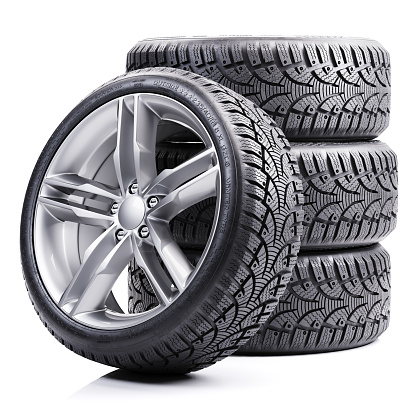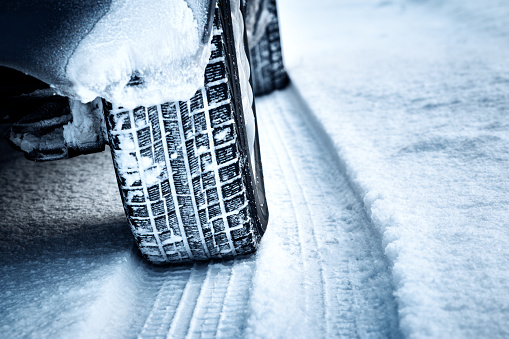Car Tires And Their Common Faults

Tires are the major component of any mobile device, it doesn’t only help in the mobility of such device but also assist in suspending the device above the ground thereby eliminating major vibrations from affecting the two parts in contact with each other, i.e. vibrations from the ground not affecting the device and vice versa.
Since every mobile object will require tires, it is expedient to look into the technology surrounding the tires, their maintenance, functions, common faults, and repairs.
THE MAKING PROCESS OF CAR TIRES
Tires are made from synthetic materials or polymers, crude oil refining residues, latex from rubber trees, and other artificial materials formed as a result of modern technology.
The making of tires involves the heating process of the needed raw materials in the absence of oxygen and reacting it with the needed addictive at the hot temperature ensuring the process is shielded from atmospheric air and pressure.
Afterward, it is put into tire molds and hence tires are formed after allowing it to cool to atmospheric temperature.
TYPES OF CAR TIRES


There are two major types of car tires and they are;
TUBELESS TIRES and
NON-TUBELESS TIRES
The former doesn’t require tubes in it while the latter requires tubes inside to function effectively this simply means that the materials and manufacturing process of the two types will vary.
CAR TIRES MAINTENANCE

The major way to maintain tires is to ensure their pressure is maintained during operations by not exceeding it or allowing it to operate under the stipulated pressure.
Another means of maintenance is to avoid exposing the tires to higher temperatures than specified by the manufacturers during the course of their service.
The expiring date of the tires must be observed and it must be changed to avoid being taken unaware.
Any early visible damage to the tires must be repaired especially if such has the tendency of increasing under higher temperature and pressure.
FUNCTIONS OF CAR TIRES

It suspends mobile equipment, vehicles, machines, and heavy mobile generators from the ground.
It absorbs the vibrations coming from both sides having contact with it.
It acts to establish friction with the running surfaces.
It makes it possible to move the device.
It improves safety due to its flexible features compared to metal (iron & steel) rollers or wheels.
It increases the speed of the movement of devices it is attached.
COMMON FAULTS OF CAR TIRES AND THEIR REPAIR

1. Wobbling
This can happen as a result of various defects, but your tires are one of them. Do you often notice your car wobbling, especially at low speeds? It might be your tires. Get it checked and possibly replaced.
2. Cracks
Just like bulges don’t ignore cracks, no matter how small it is, change the tires as soon as possible.
3. Bulges
This is one you should NEVER ignore. It usually looks like a blister or “boil” on the tires, this is a sure sign that you need to change your tires.
4. Tread Depth
The “lines” or “zig-zags” (the treads) on your tires have to have enough depth to attain enough friction on the road, especially for braking. The tread should never be less than 1/16th of an inch in-depth, if it is visibly very low, you need to change your tires.
5. Outer-edge Wear
Have you noticed the outer edges of your tires are too smooth, you need a change! The edges also have a role to play in maintaining an adequate amount of friction.